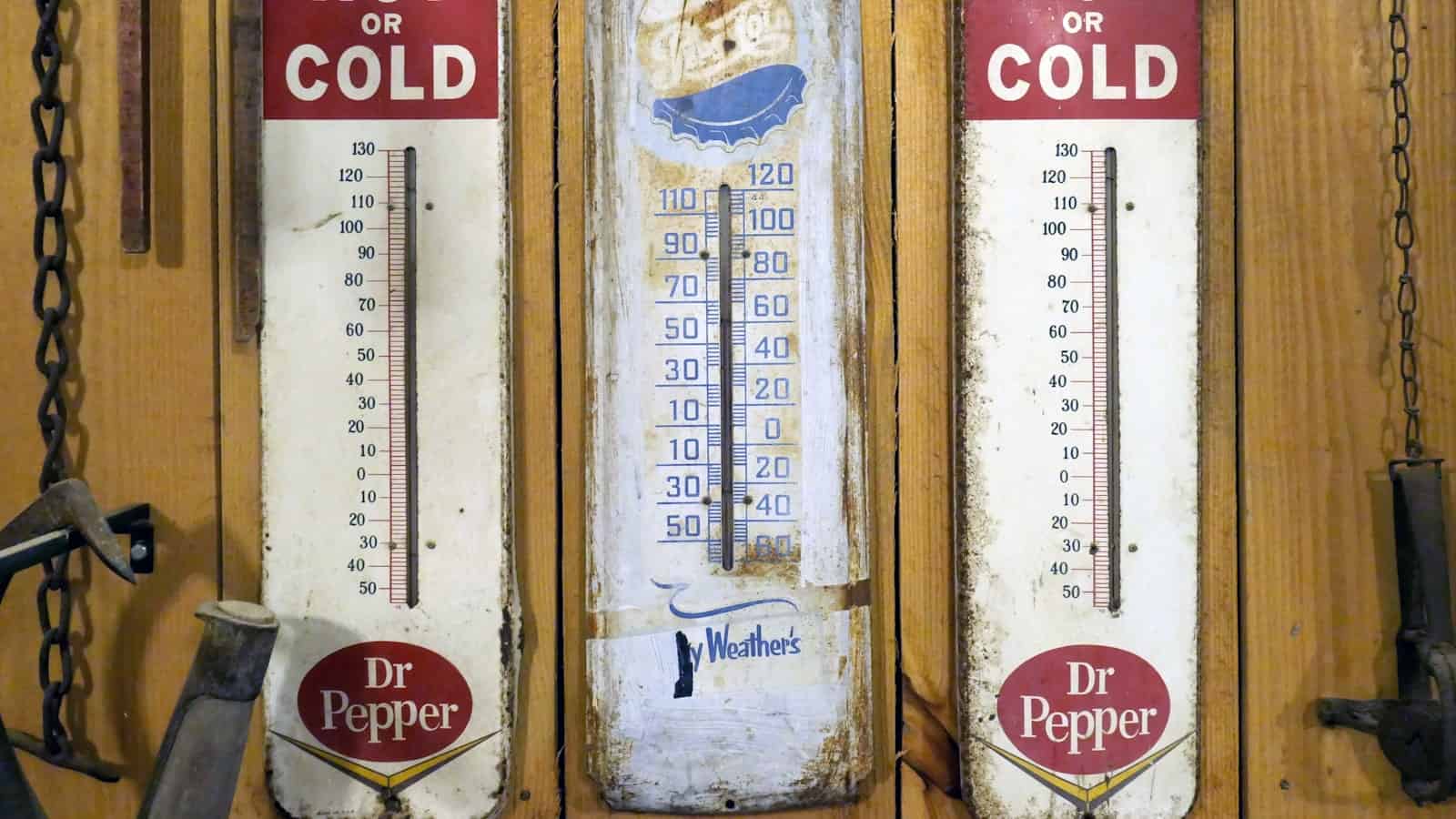Understanding Solder Temperature for PCB Desoldering
When it comes to desoldering printed circuit boards (PCBs), one of the most crucial factors to consider is the solder temperature. Using the right temperature ensures that the desoldering process is effective, efficient, and safe for both the components and the PCB itself. In this article, we’ll explore the ideal solder temperature for PCB desoldering and provide you with all the information you need to achieve the best results.
The Importance of Solder Temperature in PCB Desoldering
Desoldering is the process of removing solder and components from a PCB, either for repairs, replacements, or recycling. The temperature at which you desolder plays a critical role in the success of the operation. If the temperature is too low, the solder won’t melt properly, making it difficult to remove the components. On the other hand, if the temperature is too high, it can damage the PCB, the components, or both.
Factors Affecting Solder Temperature for PCB Desoldering
Several factors influence the ideal solder temperature for PCB desoldering:
-
Solder Type: Different types of solder have different melting points. For example, lead-free solder typically has a higher melting point than leaded solder.
-
Component Size and Type: Larger components and those with higher thermal mass require more heat to desolder properly.
-
PCB Thickness and Layers: Thicker PCBs and those with multiple layers may need higher temperatures and longer heating times for effective desoldering.
-
Desoldering Method: The ideal temperature can vary depending on whether you’re using a soldering iron, hot air rework station, or desoldering pump.
Recommended Solder Temperatures for PCB Desoldering
Based on the factors mentioned above, here are some general guidelines for solder temperatures when desoldering pcbs:
| Solder Type | Temperature Range |
|---|---|
| Leaded Solder (Sn63Pb37) | 315°C – 345°C (600°F – 650°F) |
| Lead-Free Solder (Sn96.5Ag3.0Cu0.5) | 360°C – 390°C (680°F – 735°F) |
It’s essential to note that these are general ranges, and the specific temperature you use may need to be adjusted based on the factors discussed earlier.
Tips for Effective PCB Desoldering
-
Use the right tools: Ensure you have a high-quality soldering iron, desoldering pump, or hot air rework station suitable for your PCB and components.
-
Preheat the PCB: Gently preheating the PCB can help minimize thermal shock and reduce the risk of damage during desoldering.
-
Apply heat evenly: Distribute the heat evenly across the solder joint to ensure proper melting and avoid overheating specific areas.
-
Work quickly: Once the solder melts, remove the component promptly to minimize heat exposure and potential damage.
-
Clean the PCB: After desoldering, clean the PCB thoroughly to remove any residual solder or flux, ensuring a clean surface for future work.
Frequently Asked Questions (FAQ)
-
Q: Can I use the same temperature for both leaded and lead-free solder?
A: No, lead-free solder typically has a higher melting point than leaded solder, so you’ll need to use a higher temperature when desoldering lead-free solder. -
Q: How do I know if I’m using the right temperature for my PCB?
A: Start with the recommended temperature range for your solder type and adjust as needed based on factors like component size, PCB thickness, and desoldering method. If the solder isn’t melting easily, slightly increase the temperature. If you notice signs of damage, reduce the temperature. -
Q: Can I desolder a PCB with a regular soldering iron?
A: Yes, a soldering iron can be used for desoldering, but it may be more challenging and time-consuming compared to using a desoldering pump or hot air rework station. Make sure your soldering iron has adequate wattage and temperature control for the job. -
Q: What should I do if I accidentally overheat a component during desoldering?
A: If you suspect a component has been overheated, stop desoldering immediately and allow the PCB to cool down. Inspect the component and PCB for any visible damage. If the component is damaged, it may need to be replaced. -
Q: How can I prevent thermal shock when desoldering a PCB?
A: To minimize thermal shock, preheat the PCB gradually before desoldering. You can use a preheating plate or a hot air rework station set to a lower temperature to gently warm the PCB. This helps distribute the heat more evenly and reduces the risk of damage caused by sudden temperature changes.

Conclusion
Choosing the right solder temperature is crucial for successful PCB desoldering. By understanding the factors that influence the ideal temperature and following best practices for desoldering, you can ensure a safe and effective process that minimizes the risk of damage to your PCB and components. Always use the appropriate tools, work quickly and carefully, and keep an eye on the temperature to achieve the best results.
Remember, the key to mastering PCB desoldering is practice and patience. As you gain more experience, you’ll develop a better feel for the ideal solder temperature and techniques for various situations. With the right knowledge and skills, you’ll be able to tackle any desoldering project with confidence.






Leave a Reply